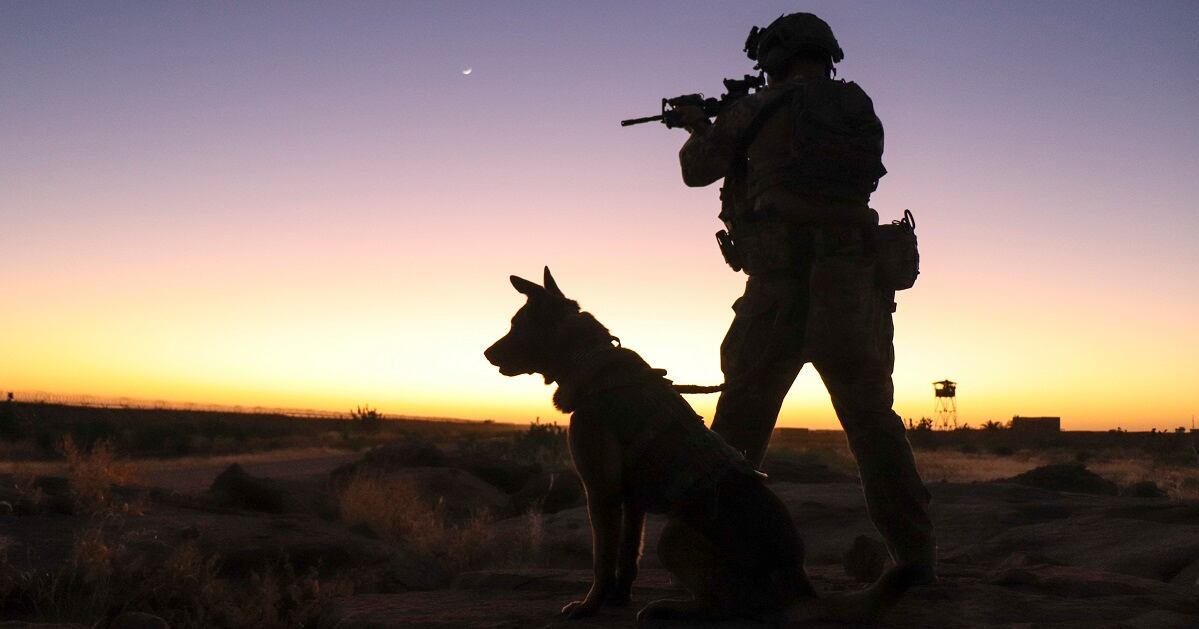On a sandy patch of land in Niger, at the edge of the Sahara Desert, lies the Air Force’s newest base. It’s all but unknown to the vast majority of Americans and is shrouded in secrecy, but it represents one of the biggest construction efforts in Air Force history — and a new front in the fight against extremist militants on the African continent.
Welcome to Nigerien Air Base 201.
U.S. Africa Command on Nov. 1 announced that the new base in Agadez, Niger — designed to house armed drones and other aircraft that have been operating out of an international airport in Niamey, Niger’s capital — had begun flying intelligence, surveillance and reconnaissance missions that week.
Critically located in central Niger, Air Base 201 is positioned to strike terrorist groups and extremist militants — including fighters affiliated with al-Qaida and the Islamic State — in countries throughout the Sahel region, which spans the width of the African continent south of the Sahara and includes parts of Mali, Sudan and Chad.
Air Force Gen. Jeff Harrigian, commander of U.S. Air Forces in Europe and Air Forces in Africa, said the site was chosen specifically for that geographic advantage.
“Flexible and diverse postures across the African continent enable us to facilitate operational needs and better support our partners in the region,” Harrigian said in an AFRICOM news release. “The location in Agadez was selected in conjunction with Niger due to the geographic and strategic flexibility it offers to regional security efforts.”
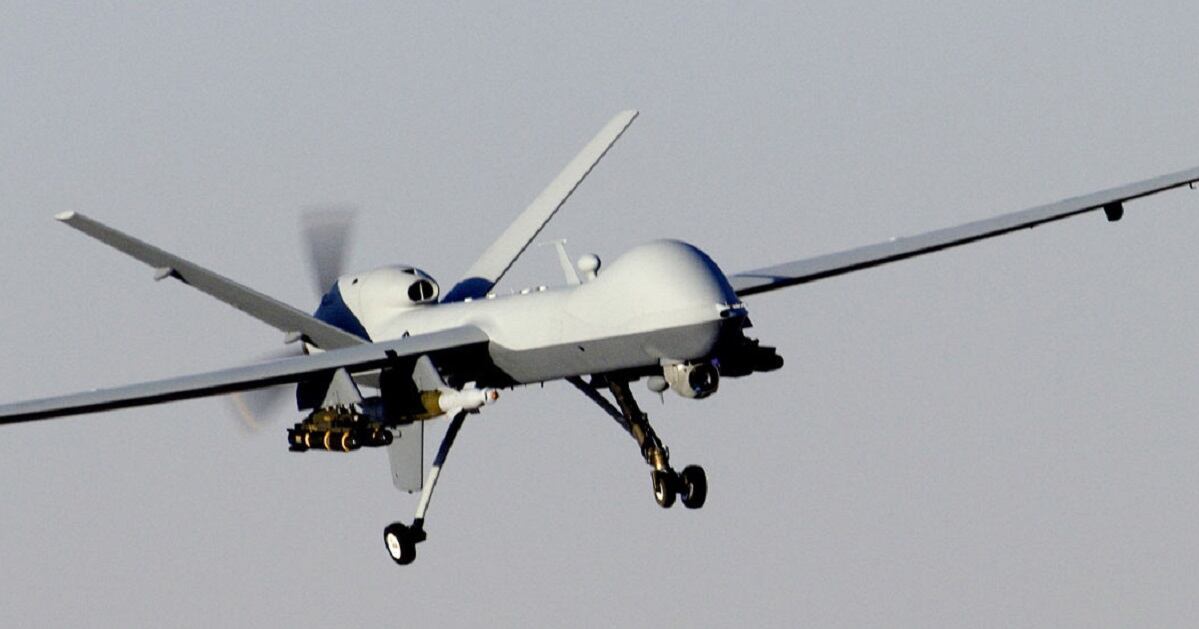
Why here? Why now?
At a time when the military is shifting its focus to counter aggressive actions by nations such as China, Russia or North Korea, why is the U.S. military expanding its capability to hit small, ragtag groups of locally based extremists?
Gen. Dave Goldfein, the Air Force chief of staff, acknowledged that seeming contradiction during a breakfast on Capitol Hill Nov. 6. While the National Defense Strategy does emphasize a shift to great power competition, he said, it also doesn’t let the military off the hook when it comes to maintaining campaign pressure on groups such as ISIS.
“You’re going to see us continue to focus on keeping our boot on the throat of violent extremism,” Goldfein said. “The operation in Niger is a key part of that going forward.”
RELATED
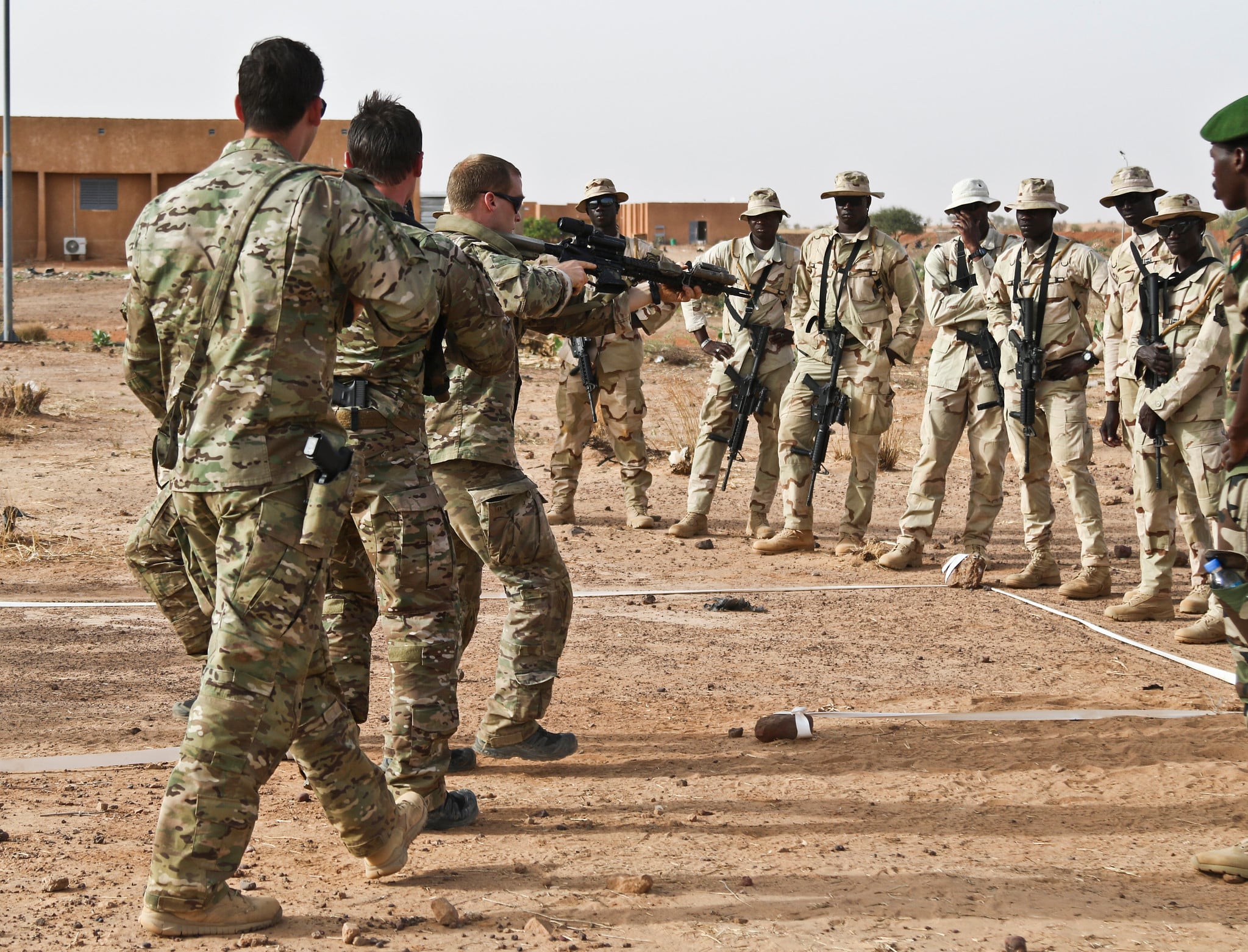
There are currently at least 11 offshoots of terrorist groups operating in that region of Africa, mostly splintered from al-Qaida, ISIS and Boko Haram, said retired Army Lt. Gen. Thomas Spoehr, director of the Heritage Foundation’s Center for National Defense. It’s better to disrupt those organizations before they can damage friendly governments in the area, he said, or even develop into a threat that could strike the United States itself, the way al-Qaida did nearly 20 years ago.
“Most Americans don’t know it, but that area around Niger has really become a bad neighborhood,” Spoehr said.
Extremist and terrorist groups such as ISIS tend to gravitate to places that are ungoverned or weakly governed, where they can set up bases and operate with little to no pushback from the local authorities, retired Gen. Hawk Carlisle told Air Force Times Nov. 5. Unfortunately, he said, there are a lot of those spaces in Africa.

With ISIS’s shocking 2014 blitzkrieg across Syria and much of Iraq still fresh in recent memory, Carlisle said, military leaders believe a fully functional base in Niger is the best way to prevent something similar in western Africa. It’s a lot easier to stop such a group at the beginning of its growth rather than later, after it has dug in deeply in cities and fortified positions, as ISIS did in cities like Mosul, Iraq, and Raqqa, Syria.
“When we left Iraq, we allowed things to happen — we didn’t have a residual capability,” said Carlisle, who was head of Air Combat Command before his retirement in 2017 and is now president and CEO of the National Defense Industrial Association. “Part of the lessons learned is, the adversary knows what we can and can’t do, to a large extent, and if they see that we’re not engaged in an area, they know they can take advantage of that — and they will.”
Air Base 201 can also provide a significant deterrent effect, Carlisle said, even — or especially — if violent extremists don’t know exactly what might be coming over the horizon. Many activities at the base will be classified to varying degrees, he said.
“At any given moment, the violent extremists and terrorists are not going to know what’s there [at the base] and what we’re doing,” Carlisle said. “It puts doubt in their minds … [and] makes them think twice about what they’re going to do.”
William Meeker, the Africa director for the Center for Civilians in Conflict, said in a Nov. 6 interview that the Sahel region faces a complex web of criminal networks, opposition groups such as ISIS offshoots, and longstanding intercommunal conflicts. Some of these feed on one another, he said, particularly in Mali, where bad actors are stoking the fires of local grievances and producing an alarming increase in violent attacks and massacres targeting civilians.
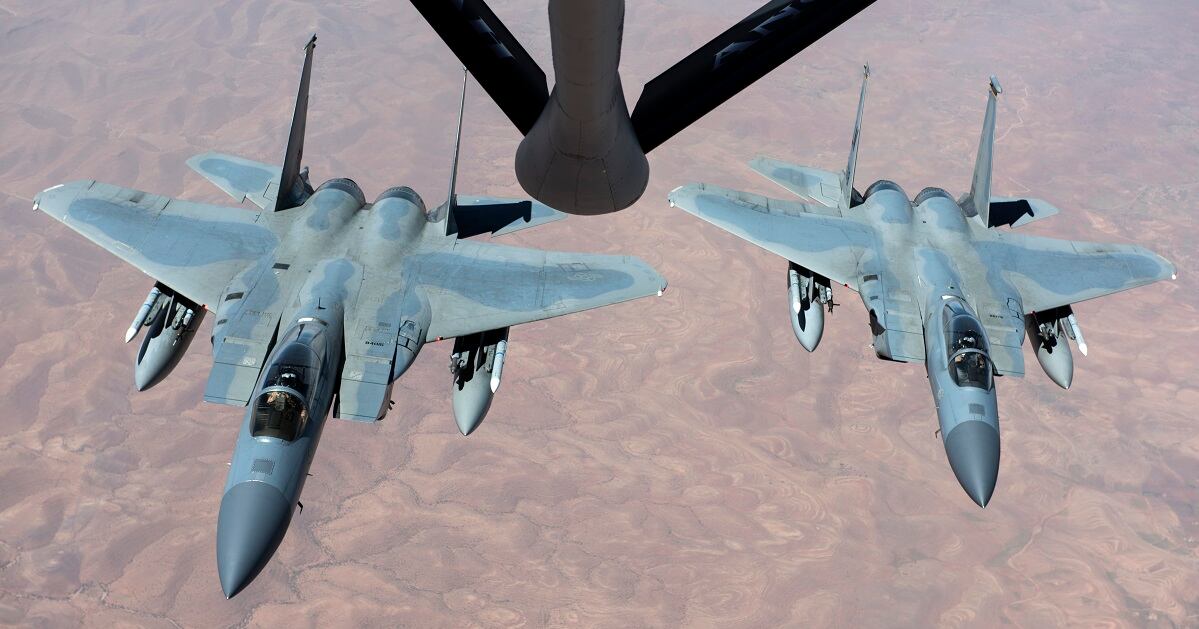
Secretive mission
The Air Force is remaining largely mum about what will be flown out of Air Base 201. MQ-9 Reapers will be based there — at times, flying armed missions in addition to ISR flights — and sometimes fighter jets as well. C-130s have also conducted resupply missions into the base as part of limited flying operations that began Aug. 1.
But beyond that, AFRICOM spokesman Col. Chris Karns declined to say which specific aircraft are operating at Air Base 201, due to security concerns.
USAFE-AFAFRICA spokesman Capt. Christopher Bowyer-Meeder said Air Base 201’s sole runway, which is 6,200 feet long, can support “light fixed-wing aircraft, including C-130s, C-17s and some DV [distinguished visitor] airlift.” But it is not built to support F-16s, bombers or tankers, he said.
“The U.S. military is at Nigerien Air Base 201 at the request of the Government of Niger,” said Army Gen. Stephen Townsend, commander of AFRICOM, in the Nov. 1 news release. “We are working with our African and international partners to counter security threats in West Africa,” said Townsend, who visited Niger in September to meet with President Mahamadou Issoufou. “The construction of this base demonstrates our investment in our African partners and mutual security interests in the region.”
Bowyer-Meeder said there are now no plans to expand the runway there.
But in an email, Carlisle said that might eventually change, allowing a larger class of aircraft to use the base.
“6,200 [feet] is not long enough for sustained ops for fighters, bombers, tankers, or big wing ISR,” Carlisle wrote. “It is a piece of concrete long enough for diverts or emergencies, and [the] plan is to eventually (hopefully, sooner rather than later) extend the runway to 10,000” feet.

Spoehr said moving air operations out of the civilian airport in Niamey is a great advantage. The capital is located in the southwest corner of Niger, and Air Base 201’s central location provides much better access to more locations, Spoehr said.
It also will provide a lot more operational security, Spoehr said. Anyone watching the Niamey airport could see when a Reaper or other military aircraft was taking off and find out that a military operation of some kind might be going on, he said. But with takeoffs occurring at a military location, he said, it’s much easier to keep those operations under wraps.
Air Base 201’s facilities are also specially built for military operations, sized correctly for drone operations and with the proper fuel and weapons storage, Spoehr said.
“It’s not terribly easy to do at an international airport, strap on Hellfire missiles and that kind of thing,” he said.
It will also be easier to manage the airspace without having to schedule flights around civilian airliners taking off from or landing at the international airport, he said.
Dark cloud
Hanging over the military’s ongoing Niger mission and the opening of Air Base 201 is the tragic loss of four U.S. Army soldiers and their Nigerien allies in an October 2017 ambush near the village of Tongo Tongo, on the southwest border with Mali.
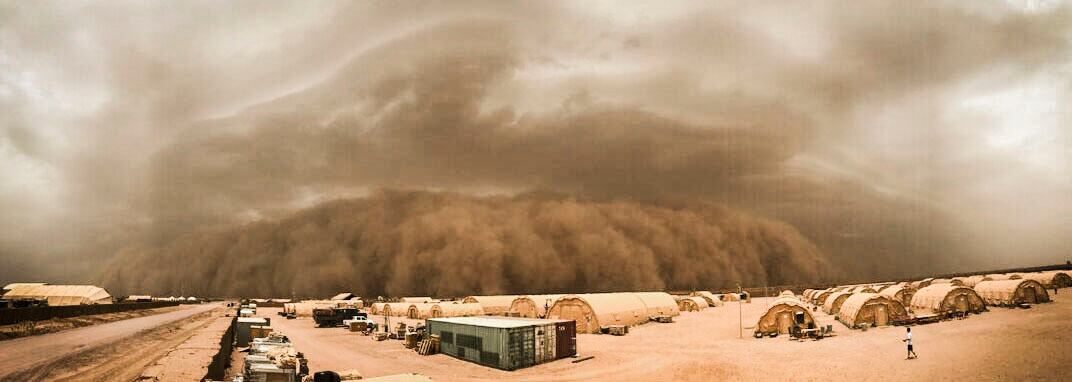
A devastating Pentagon report on the battle found that the soldiers that day didn’t have a drone flying overhead at the time of the ambush — or any air cover, for that matter. An RPA could have provided them with recon information to alert them to the vastly superior enemy forces nearby. The first unarmed ISR drone arrived on the scene an hour and a half after the battle began, and two French Mirage fighter jets arrived shortly thereafter, performing show-of-force flyovers that drove off the enemy fighters.
Having Air Base 201 in the area, providing more ISR information, will help troops on the ground — whether U.S. special operators or simply Nigerien forces — better prepare and understand the battlespace they’re walking into, Carlisle said.
The base will likely be able to provide some kind of combat search-and-rescue and medevac capability to more quickly get wounded troops off the battlefield and into treatment, hopefully within the so-called “Golden Hour” when wounded have the best chance of survival, Carlisle said. He would not comment on what kind of medical facilities are at Air Base 201 but said any base will have some capacity to respond to medical emergencies.
Responding to events
The opening of Air Base 201 could lead to the U.S. taking a more offensive posture, ready to use armed drones against bad actors, Meeker said. The U.S. should improve its ability to track and mitigate harm done to civilians as a result of drone operations, he said.
But conversely, Meeker said, the increased use of ISR platforms there also could reduce civilian casualties by helping forces on the ground sort out groups of civilians from armed enemies.
It’s likely that Air Base 201 will have a constant ISR presence in the form of Reapers and other drones, and possibly manned ISR aircraft, Carlisle said. But one of its biggest advantages will be the flexibility it provides to rapidly send in different kinds of aircraft to respond to whatever events may unfold in the region.
“It’s not going to be Al Dhafra, Al Udeid,” Carlisle said. “I don’t think you’ll have a permanent presence. I don’t think you need that. But there’s a lot of different things you could do.”
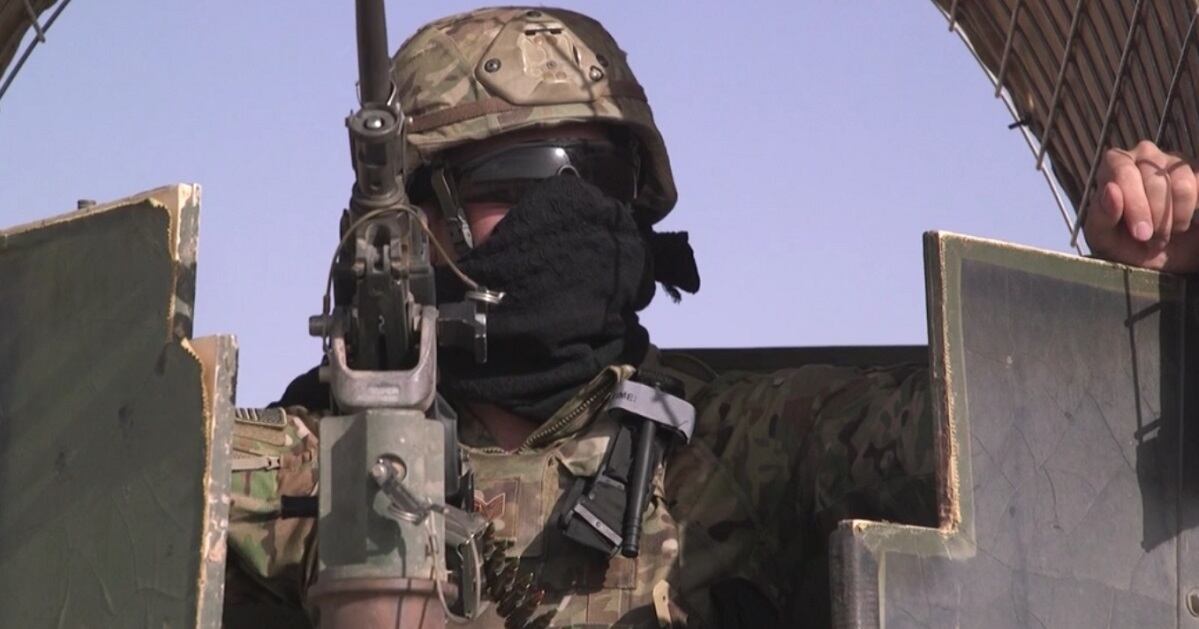
For example, Carlisle said, the Air Force could launch an aircraft from a base in Europe — or potentially even the United States — and rather than having to turn around and go home immediately after the mission is done, Air Base 201 could serve as something of a way station. That aircraft could land there, refuel, rearm, get maintained, and swap in a fresh, pre-positioned crew, he said, and then perform additional missions before flying back home.
It could also serve as a forward operating location, if necessary, Carlisle said — one a lot closer to regions of West Africa than Aviano Air Base in Italy.
“It gives commanders options,” Carlisle said. “Aviano to [Camp Lemonnier in] Djibouti is a long freakin’ flight. I don’t think people realize how large Africa is.”
New requirements
Nigerien Air Base 201 can be run with a relatively light manpower footprint, Spoehr said, with most of its drones capable of being flown by pilots back home in the continental United States.
But keeping it running will still require airmen — particularly maintainers, logistics airmen, air traffic controllers and munitions specialists, Carlisle said. The tricky part is that some of those key jobs, especially in maintenance, are ones which Air Force has struggled to keep fully manned in recent years.
“Our problem today, one is capacity, and now we put another drain on the capacity,” Carlisle said.
To fill those gaps, Carlisle said the Air Force will have to get help from its sister services, as well as contractors and allied nations.
During his discussion at the breakfast, Goldfein specifically saluted France for its cooperation in fighting extremism in North Africa.
“Violence flourishes where governance is low,” he said.
The completion of the air base, about a year overdue, has been a major undertaking. Not only is it the largest Air Force-led construction project in the service’s history, its price tag has likely topped $110 million. In addition, it will cost an estimated $30 million each year to run the base, totaling $280 million by the time the 10-year agreement to use the site expires in 2024.
Building the airfield — particularly its joint-use runway, capable of accommodating both U.S. and Nigerien aircraft — has been extremely complicated. Karns, the AFRICOM spokesman, described it as “a historic civil engineering feat.”
Doing a quality construction job that will last over time is complicated in that part of the world, Carlisle said. There’s not a lot of infrastructure, materials or skilled labor of the kind needed to build an airfield to Air Force specifications, he said, which means more transportation to get those resources to the construction site at Agadez.
Carlisle said that while the base will, most of the time, have a fairly small footprint, it needs to be able to quickly expand in response to unfolding situations. That means the base needs facilities that, even if they’re unused most of the time, can quickly be put into action to handle incoming airmen and other personnel.
Stephen Losey is the air warfare reporter for Defense News. He previously covered leadership and personnel issues at Air Force Times, and the Pentagon, special operations and air warfare at Military.com. He has traveled to the Middle East to cover U.S. Air Force operations.
